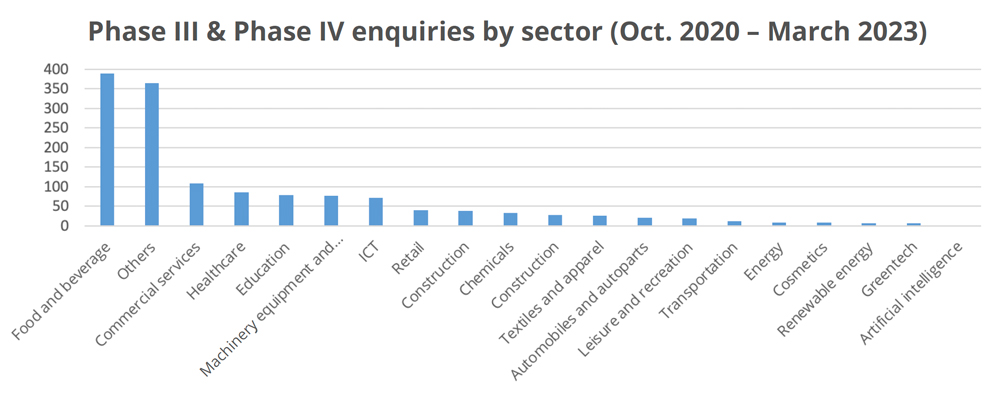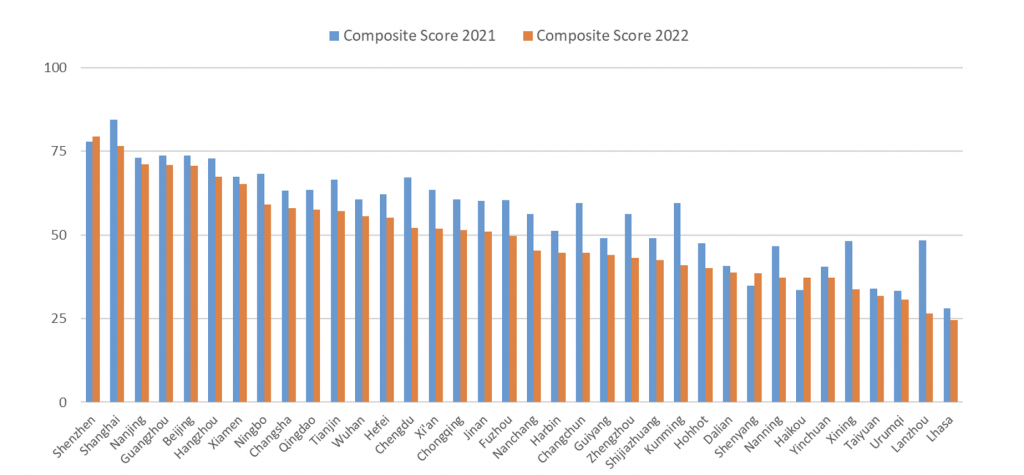


Please sign in or create an account to download the report.
In recent years, the policy environment for small and medium-sized enterprises (SMEs) in the People’s Republic of China has undergone a significant transformation. Every year, the EU SME Centre’s Advocacy Platform sets out to provide with the Policy Environment Report an overview of the most significant developments affecting SMEs operating in the country.
SMEs constitute an overwhelming majority of the enterprises in China and are key to its economic development. Around 50 per cent of the nation’s tax revenue and 60 per cent of China’s gross domestic product (GDP) come from SMEs. In 2022, the total number of micro, small and medium-sized enterprises in China exceeded 52 million.
In the EU, like in China, SMEs are the backbone of the economy. In the non-financial business sector, they account for 99.8 per cent of all enterprises, more than 65 per cent of total employment, and 53 per cent of overall value added. The European Commission estimates that around 600 000 European SMEs engage in international trade beyond the Single Market.
Among European SMEs sending enquiries to the EU SME Centre about business in China, food and beverage, commercial services, and healthcare are among the most represented sectors, as shown in the chart below.

Source: EU SME Centre
When looking at the policy environment for SMEs in China, it is important to note that it can vary considerably from region to region, as seen in the SME Development Environment Report 2022 published by the MIIT’s Centre for the Promotion of SMEs.

Source: MIIT, EU SME Centre
The Chinese economy expanded by just 3 per cent in 2022 according to official numbers, far below the government’s target of 5.5 per cent and the second-weakest growth figure since 1976. According to the European Business in China Business Confidence Survey 2023 published by the European Union Chamber of Commerce in China, SMEs saw the biggest changes to their revenues in 2022.
A disproportionately high percentage of SMEs reported y-o-y decreases in their bottom lines (36 per cent), 15 percentage points more than the proportion of companies with over a thousand employees that reported the same. At the other end of the spectrum, a higher percentage of SMEs recorded substantial revenue increases (>20 per cent of their annual revenue), highlighting that opportunities remained for some.
1. Introduction to SMEs in China
1.1. Definition and classification of SMEs in China
1.2. European definition and classification of SMEs
1.3. European SMEs and China – data from the EU SME Centre
2. Analysis of the current policy environment of SMEs in China
2.1. Financing and reduction of financial burden
2.1.1. Financing
2.1.2. Reduction of financial burden
2.2. Administrative procedures and services
2.3. SME market development
2.3.1. Talent acquisition and retention
2.3.2. Competition and procurement
2.4. Protection of the rights of SMEs and supervision mechanisms
2.5. Intellectual Property
2.6. Innovation and Entrepreneurship
2.7. SME green development
3. Conclusion